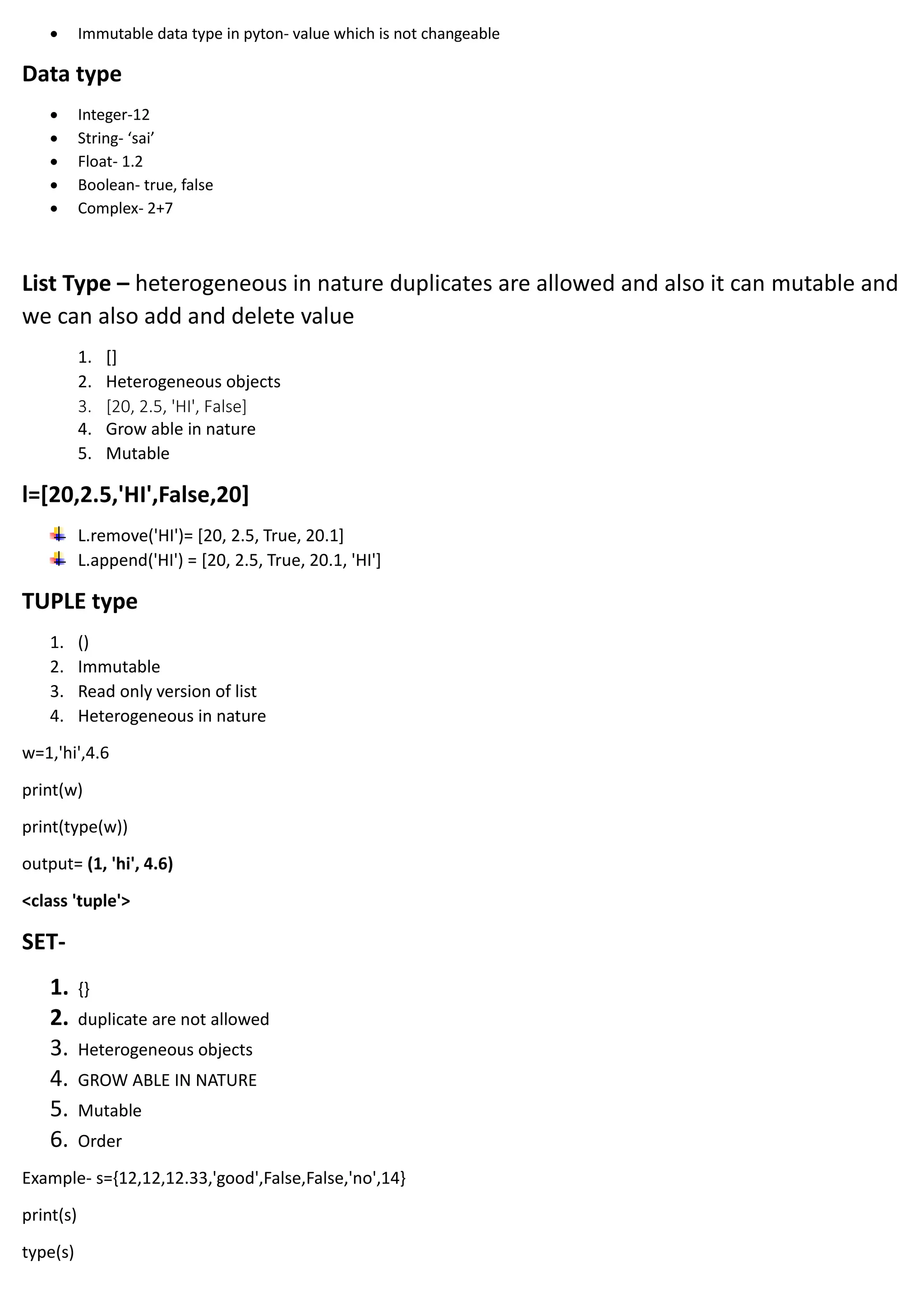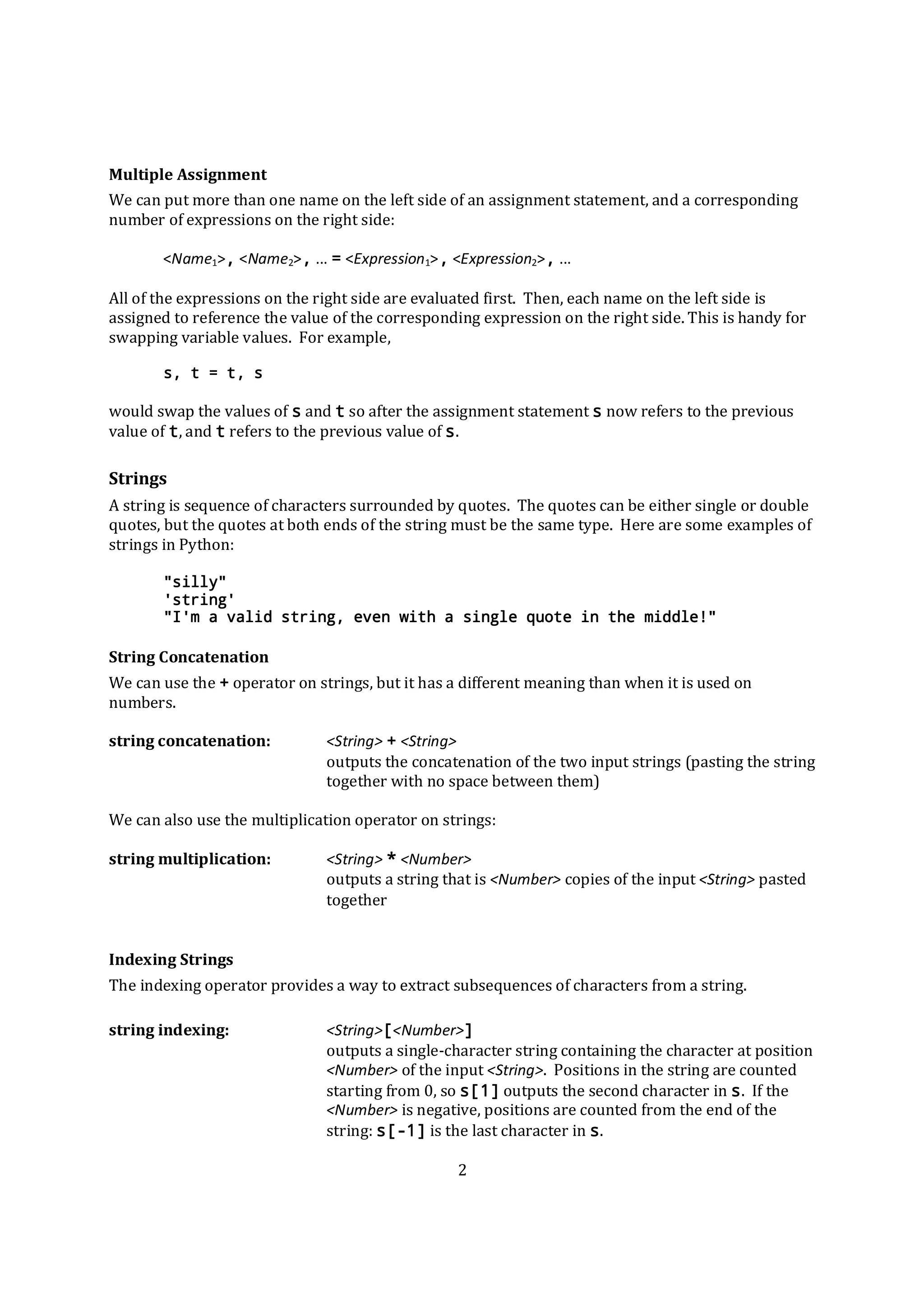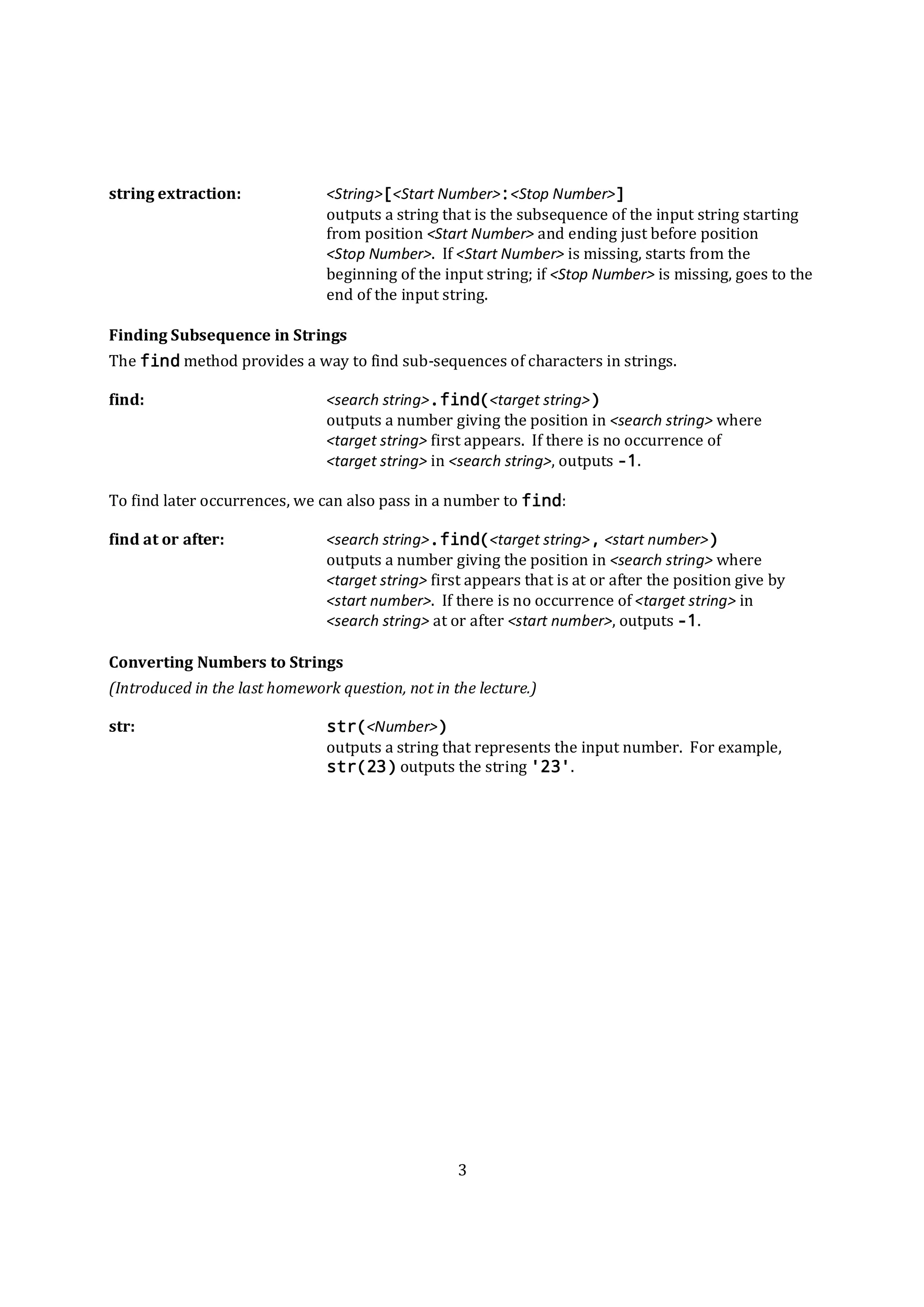Imagine having a clever helper that makes computer tasks simpler and brings different systems together, almost like magic. This handy tool lets you get things done quickly, helping you build all sorts of neat computer programs and connect them smoothly. It is, in a way, a very powerful friend for anyone looking to create or improve how technology works for them.
This particular tool has become quite a favorite among people who work with computers, as a matter of fact. It shows up in many different places, from helping build websites that lots of folks visit every day to making sense of big piles of information. It's truly a versatile thing, allowing creative minds to bring their ideas to life with relative ease, you know.
And what's more, this helper is always getting better, with new versions coming out that bring fresh ways of doing things and make everything run even more smoothly. It's a living, breathing part of the computer world, always improving itself, so it's always ready for whatever new challenges come its way, right?
Table of Contents
- What Makes Pyton Pressle So Appealing?
- How Does Pyton Pressle Help You Build Things?
- A Closer Look at Pyton Pressle's Tools
- Pyton Pressle for Everyone - No Matter Your Computer
- What's New in the Latest Pyton Pressle?
- Is Pyton Pressle Good for Beginners?
- The Pyton Pressle Guidebook - A Clear Helper
- Ready to Begin with Pyton Pressle?
What Makes Pyton Pressle So Appealing?
People often wonder what makes this particular computer helper stand out from the rest. Well, it's pretty simple, actually. One big reason is how quickly you can get your ideas from your head onto the computer screen. You don't have to spend ages writing out complicated instructions; it lets you express what you want the computer to do in a way that feels very natural, almost like talking to a very smart assistant. This means you can create things, test them out, and see results much faster than with some other tools, which is a real bonus, don't you think?
Another really neat part about this helper, this "pyton pressle" if you will, is its ability to make different computer systems work together. Think about it like building blocks from different sets that somehow fit perfectly. You might have one part of a program that handles information from a website, and another part that talks to a database, and yet another that sends out emails. This tool makes connecting all these separate pieces a breeze. It helps everything communicate smoothly, so your overall computer project feels like one complete thing, rather than a bunch of disconnected parts. This ability to link things up so easily is a very valuable feature, making big projects much more manageable, naturally.
It's also pretty popular, which means lots of people use it and talk about it. When a tool is widely used, it usually means there's a big community of people who can help each other out, share tips, and build useful add-ons. This collective knowledge and support make learning and working with it a lot less lonely, too. If you ever get stuck, chances are someone else has faced a similar challenge and can offer some good advice. That kind of shared experience is a significant advantage, as a matter of fact, making the whole process feel much more welcoming.
- Myrtle Beach Airport
- How Old Is Sylvester Stallone
- Stephon Marbury Basketball Player
- Puritan Pride
- Malibu Strings
How Does Pyton Pressle Help You Build Things?
So, you might be curious about the practical ways this "pyton pressle" actually helps you construct computer programs. One of the clearest examples is in creating web applications. These are the programs that run on a server and let people use websites, fill out forms, or interact with online services. This tool is very good at handling the behind-the-scenes work for these web applications. It helps manage information, respond to user requests, and make sure everything runs smoothly on the internet. It's the engine, so to speak, that powers many of the online experiences we have every day, honestly.
When you use this helper for web applications, it means you can build things that are accessible to anyone with an internet connection. This opens up a lot of possibilities, from simple personal websites to complex online stores or social platforms. It handles the logic that determines what happens when someone clicks a button or types something into a search bar. The tool provides the framework, allowing creators to focus on what they want their web application to *do*, rather than getting bogged down in the tiny details of how the computer makes it happen. This focus on getting things done is a very appealing aspect, really.
Beyond web applications, this "pyton pressle" is also excellent for handling data, automating repetitive tasks, and even for scientific calculations. It's like a general-purpose workshop for computer tasks. If you have a task that involves a lot of numbers, or a process that you do over and over again, this tool can often simplify it or even do it for you automatically. This ability to handle a wide range of jobs makes it a favorite for many different kinds of computer professionals and even for hobbyists who just want to make their own lives a little easier. It's pretty versatile, you know.
A Closer Look at Pyton Pressle's Tools
When you start working with this helpful computer language, you'll find there are some neat ways to get your code running and share your creations. For example, there are online tools that let you write your computer instructions and see them work right away. This is super handy because you don't have to install anything special on your own computer to get started. You just open a web page, type in your commands, and press a button to see what happens. It's a very direct way to experiment and learn, making the first steps feel a lot less intimidating, as a matter of fact.
These online tools often come with extra little touches that make the experience even better. For instance, some have a "dark mode," which changes the colors on your screen to be easier on your eyes, especially when you're working late. This small comfort can make a big difference if you're spending a lot of time looking at code. And then there's the ability to share your code. Imagine you've figured out a clever way to solve a problem; you can easily send your instructions to a friend or a colleague so they can see exactly what you did. This makes working together on projects much simpler, and it helps everyone learn from each other, too.
Plus, these online environments are often set up to understand more than just this one computer language. This means if you're working on a project that uses a few different kinds of computer instructions, you might be able to handle them all in the same place. It's like having a workshop that has all the right tools for various jobs, rather than needing a different workshop for each one. This kind of flexibility is pretty valuable, allowing people to work on diverse projects without constantly switching between different setups. It's truly a convenient arrangement, right?
Pyton Pressle for Everyone - No Matter Your Computer
One of the really good things about this "pyton pressle" is that it doesn't care what kind of computer you have. Whether you're using a machine that runs Windows, or one that prefers Linux or Unix, or even a Mac, this tool is ready to work for you. This means you don't have to worry about compatibility issues or needing a specific type of computer to get started. It's designed to be available to almost everyone, which is pretty inclusive, if you ask me.
This wide availability means that a computer program written using this language on one type of machine can often run without much trouble on another. It makes sharing projects and working with people who have different computer setups much simpler. You don't have to translate your work or make big adjustments just because someone else uses a different operating system. This universal appeal is a big reason why so many people choose to learn and use it, because it removes a lot of potential headaches, so it's almost a given that it will work for you.
And it's not just about the big, well-known computer systems. There are often ways to get this "pyton pressle" working on other, less common setups too. This shows how adaptable and flexible it is. The people who look after this language put a lot of effort into making sure it can be used by as many people as possible, on as many different devices as possible. This commitment to broad access is a very strong point, making it a truly versatile choice for anyone interested in computer programming, you know.
What's New in the Latest Pyton Pressle?
Just like how your favorite apps or computer programs get regular updates, this "pyton pressle" also has new versions coming out all the time. For example, a recent big update was version 3.13. This new release brought with it a bunch of fresh ways to do things and made existing features work even better. It's a bit like getting a new model of a car that's more fuel-efficient or has better safety features; it's still the same car, but it's improved in many ways, honestly.
These updates are important because they keep the language current and make it more capable. They might include ways to make your programs run faster, or new tools that let you write cleaner, more organized code. Comparing it to the previous version, like 3.12, you'd find that 3.13 offers a more polished experience and perhaps even opens up possibilities for things that were harder to do before. The folks who work on this language are always looking for ways to refine it, making it a better tool for everyone who uses it, which is pretty cool.
And the development doesn't stop there. There are even opportunities to help test out versions that are still being worked on, like 3.14. This means you can get a sneak peek at what's coming next and even give feedback to the people who are building it. It's a way to be part of the ongoing improvement of this valuable tool, helping to shape its future. Being able to contribute to something so widely used is, in some respects, a very rewarding experience, don't you think?
Is Pyton Pressle Good for Beginners?
A common question people have is whether this "pyton pressle" is a good starting point for someone who's just beginning their journey with computer programming. The answer is a pretty clear yes. It's known for being easy to pick up, especially if you've never written computer instructions before. The way it's set up, with its clear rules for how you write things, helps new learners feel less overwhelmed. It doesn't throw a lot of confusing terms at you all at once, which is a big help, really.
For people who are completely new to this kind of work, there are even specific guides to help them get going. If you're just starting out and using a Windows computer, for instance, there's a straightforward path laid out for you. These guides break down the first steps into manageable pieces, so you can build your confidence as you go. They often walk you through setting things up and writing your very first simple program, making the whole process feel very achievable, you know.
What's also interesting is how quickly experienced programmers, those who already know other computer languages, can get the hang of this one. They often find its structure and way of doing things very intuitive, meaning they can switch over and start being productive in a very short amount of time. And for beginners, the way you arrange your instructions on the page, with clear indentations, makes the code easy to read and understand. This neatness is a big plus, helping you see the flow of your program without getting lost in a jumble of words, so it's a very welcoming environment for learning.
The Pyton Pressle Guidebook - A Clear Helper
Every good tool, especially one as powerful as this "pyton pressle," needs a clear set of instructions, a kind of rulebook that explains how everything works. This language has just that: a reference manual that describes exactly how to write your instructions and what they mean to the computer. It's like the official guide to the language, telling you all the specific words and symbols you can use, and how the computer will interpret them. This guidebook is a very important resource for anyone who wants to use the language correctly and to its fullest potential, really.
While this reference might be a bit direct in its wording, it tries to be completely accurate and cover everything you need to know about the language's fundamental parts. It's not filled with flowery language or long stories; instead, it gets straight to the point, giving you the precise information you need. This directness is actually a good thing when you're looking for exact answers about how something works. It means you can find what you're looking for without having to sift through a lot of extra words, which is pretty efficient, you know.
Think of it as the ultimate authority on the language's rules. If you ever have a question about whether a certain way of writing something is correct, or what a particular command will do, this guidebook is where you go for the definitive answer. It ensures that everyone who uses the language is working from the same understanding of its core workings. This consistency is very important for making sure programs written by different people can still work together smoothly. It's basically the constitution of the language, in a way, providing a solid foundation for all its uses.
Ready to Begin with Pyton Pressle?
With all these points in mind, it's pretty clear that this "pyton pressle" offers a lot for anyone interested in computer programming, whether you're just starting out or you've been doing it for a while. It's a powerful tool that helps you create things quickly and connect different computer systems together, making your work more effective. Its online tools make it easy to try out, and the fact that it works on so many different types of computers means it's accessible to almost everyone, as a matter of fact.
The continuous updates, like the new features in 3.13 and the upcoming 3.14, show that it's a living, growing language that's always getting better. And for beginners, its clear structure and helpful guides make it a very welcoming place to start learning how to talk to computers. Even experienced folks find it easy to pick up, which says a lot about its thoughtful design. It's a language that truly aims to make things simpler and more straightforward for its users, which is pretty appealing, you know.
So, if you're thinking about getting into computer programming, or if you're looking for a tool that can help you get your computer projects done with less fuss, this "pyton pressle" might just be what you're looking for. It offers a solid foundation for learning and a versatile set of capabilities for building all sorts of computer applications. It's a very practical choice for bringing your digital ideas to life, honestly.
Related Resources:
Detail Author:
- Name : Lucile Towne DDS
- Username : kmonahan
- Email : beahan.robin@homenick.com
- Birthdate : 2002-12-28
- Address : 717 Don Overpass New Dorrisport, NV 95709
- Phone : 406-938-8101
- Company : Tromp, Rohan and Doyle
- Job : Animal Care Workers
- Bio : Omnis et laboriosam officia numquam ex. Aperiam excepturi magni eum aliquam animi voluptatem eum. Non earum eos vel voluptas minima voluptatem voluptatibus.
Socials
instagram:
- url : https://instagram.com/katelincollins
- username : katelincollins
- bio : Eos ut enim ipsa deleniti. Qui alias eveniet repudiandae doloribus porro.
- followers : 971
- following : 892
twitter:
- url : https://twitter.com/katelin_official
- username : katelin_official
- bio : Eos aut consectetur est voluptates iusto. Neque eum vero et placeat qui. Ut repudiandae non quam qui temporibus.
- followers : 1070
- following : 1590
facebook:
- url : https://facebook.com/katelin.collins
- username : katelin.collins
- bio : Pariatur et rem sint eligendi. Est velit soluta qui praesentium.
- followers : 1381
- following : 554


